The Nuances of Preferred Returns
In real estate partnerships, preferred returns can vary. The main difference is between an IRR hurdle, which prioritizes return of capital, and a promote on cash flow, which allows the sponsor to earn a promote on ongoing cash flows. Each has its pros and cons, so it's essential to understand these structures before investing.

A preferred return is a common feature of a real estate partnership structure whereby an investor's return is put in first priority prior to any sponsor/manager participation in the profits or performance compensation. For example, investors may receive an 8% preferred return which entitles investors to a minimum of an 8% annualized, compounding return prior to the sponsor receiving any performance compensation. This does not mean the preferred return level is by any means guaranteed and there is typically no recourse aside from the accruing and compounding of such preferred return associated with not maintaining the preferred return payout.
However, this crucial partnership mechanism does not work in the same way in all deals. Specifically, in this article, we will focus on the difference between a preferred return which includes return of capital (IRR hurdle) and one which does not. I make this comparison a lot and I can often tell that people get confused when I try to explain the difference. Here is the best way I can break it down.
Preferred Return (IRR Hurdle) – Distribution Priority:
1. Investors receive any accrued but unpaid 8% preferred return
2. Investors receive 100% of their originally invested capital back
3. Excess cash flow or refi/sale proceeds are split 70% to investors, 30% to sponsor
Preferred Return (promote on cash flow) – Cash Flow Distribution Priority:
1. Investors receive any accrued but unpaid 8% preferred return
2. Excess cash flow is split 70% to investors, 30% to sponsor
Preferred Return (promote on cash flow) – Refi/Sale Distribution Priority:
1. Investors receive any accrued but unpaid 8% preferred return
2. Investors receive 100% of their originally invested capital back
3. Excess refi/sale proceeds are split 70% to investors, 30% to sponsor
As you can see, in the second preferred return scenario, there is actually a difference in the distribution priority depending on whether or not the distributions are generated from cash flows or from a capital event (refi or sale). The slight tweak allows the sponsor to earn a promote on ongoing cash flows which are above and beyond the preferred return (usually 6% to 9%).
I like simplicity so I appreciate the IRR hurdle format because it applies to all cash flows regardless of the type of cash flow it is. Doing it this way also makes accounting simpler since all cash flow distributions go to investors on a prorated basis, eliminating the need to calculate a promote every quarter or year. Because the promote only kicks in after all capital has been returned in the IRR hurdle style preferred return, the promote typically only comes into play upon a sale. Upon sale, a Microsoft Excel XIRR calculation is used to assign dates to all of the cash flows of the project (including original investment) to calculate an 8% IRR to investors prior to any distributions to the sponsor as promote (carried interest). This is why this preferred return is also called an IRR hurdle. It goes without saying that this structure is more capital protective for investors since they don’t have to pay promote until 100% of their capital is returned and their minimum return is met.
However, there are some downsides to this structure as well. The foremost downside is the fact that a sponsor operating a deal under this structure has substantial incentive to sell the project as quickly as possible even if it is not the best timing in order to monetize his or her promote. It is more difficult for a sponsor to hold a good deal which has increased in value and receive no performance compensation when they know if they sell, they can stand to gain hundreds of thousands of dollars. This is especially true for newer sponsors who have a smaller portfolio since they cannot live off of and grow their business through just asset management fees.
This can be detrimental to investors who are seeking longer term cash flow investments because they are at risk of their sponsor selling the deal early. As an investor, it may be worth accepting a promote on cash flow to keep your sponsor motivated to hold the deal and optimize operations.
